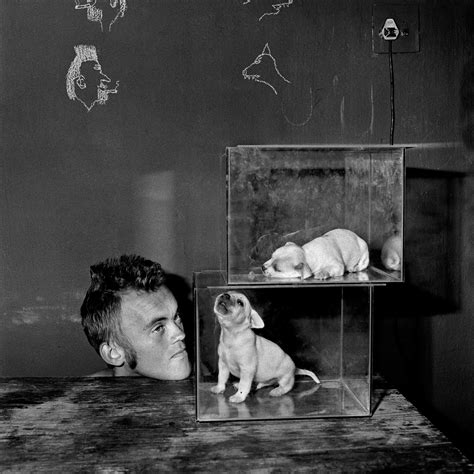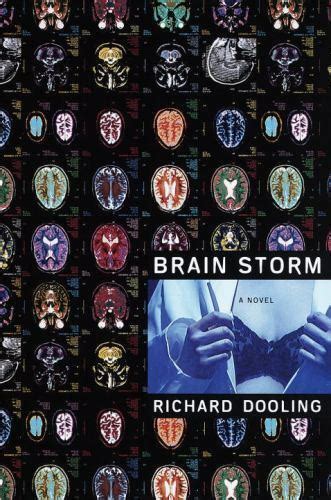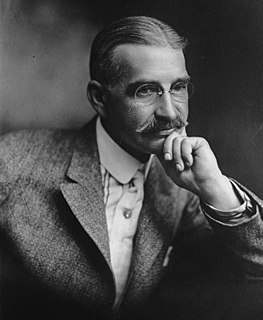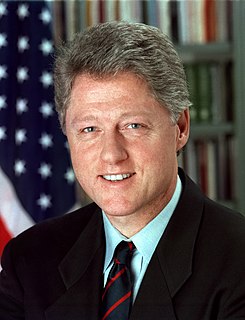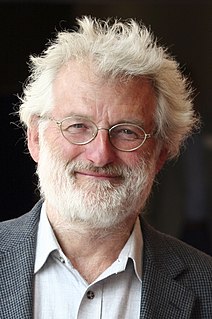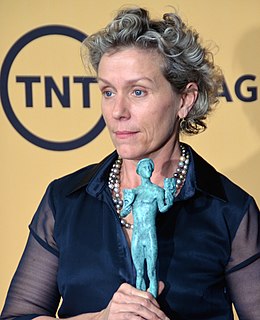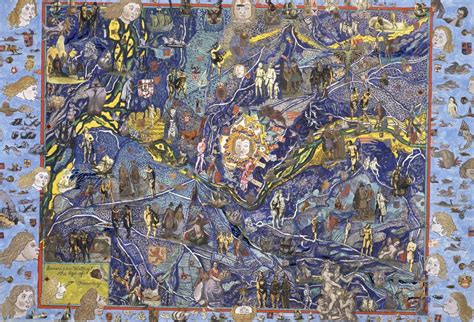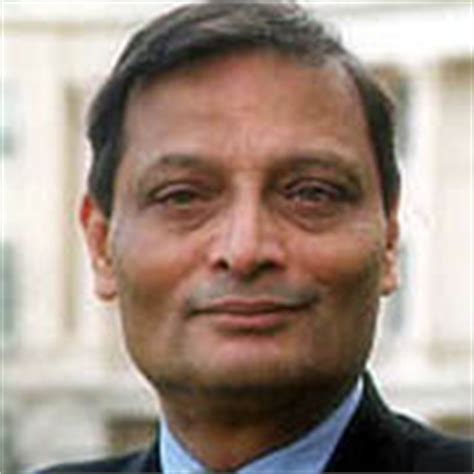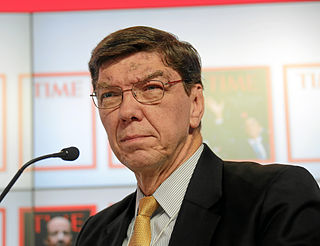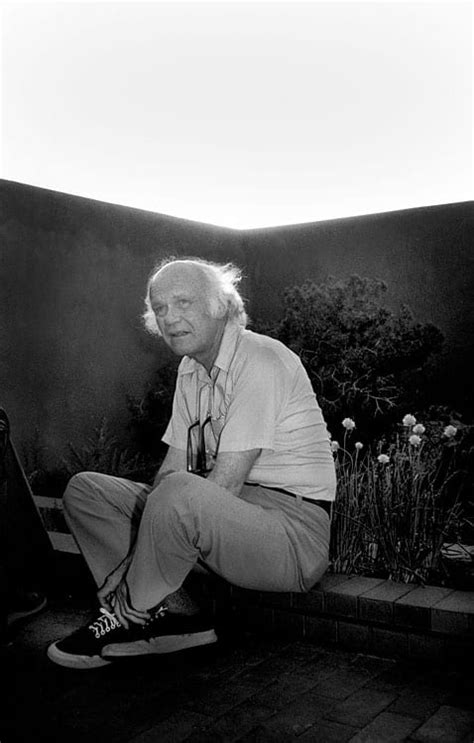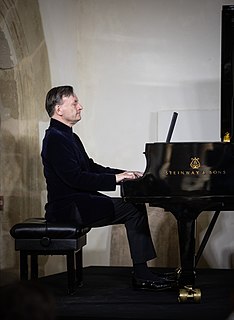A Quote by Roger Ballen
It is my belief that the most challenging photographs are those that create a tension between what we refer to as the real and the imaginative.
Quote Topics
Related Quotes
I don't think that writing, real writing, has much to do with affirming belief--if anything it causes rifts and gaps in belief which make belief more complex and more textured, more real. Good writing unsettles, destroys both the author and the reader. From my perspective, there always has to be a tension between the writer and the monolithic elements of the culture, such as religion.
The most interesting character to me is someone who is stuck in the no man's land between Belief and Unbelief, Faith and Faithlessness. I'm capitalizing like a German, but it doesn't matter whether it's faith in a person or in God, or belief in science or whatever, it's the desperate in-between state that makes for interesting dramatic tension.
The real differences around the world today are not between Jews and Arabs; Protestants and Catholics; Muslims, Croats, and Serbs. The real differences are between those who embrace peace and those who would destroy it. Between those who look to the future and those who cling to the past. Between those who open their arms and those who are determined to clench their fists.
There's always a tension between those who would like to garner wealth, and they contribute a lot to society. There's also those who say, 'I believe in the common good. I want that to be enlarged.' They contribute a lot to society. The tension, the debate, between these two views is extremely important to our progress.
Though infested with many bewildering anomalies, photographs are considered our best arbiters between our visual perceptions and the memory of them. It is not only their apparent 'objectivity' that grants photographs their high status in this regard, but our belief that in them, fugitive sensation has been laid to rest.
I knew that was coming. That's another stupidity. The people who use the term don't even know the meaning. They use it to refer to photographs they believe are loosely organized, or casually made, whatever you want to call it. Whatever terms you like. The fact is, when they're talking about snapshots they're talking about the family album picture, which is one of the most precisely made photographs.
Non-violent direct action seeks to create such a crisis and establish such creative tension that a community that has constantly refused to negotiate is forced to confront the issue. It seeks so to dramatize the issue that it can no longer be ignored... I am not afraid of the word tension. I have earnestly worked and preached against violent tension, and there is a type of constructive tension that is necessary for growth.
